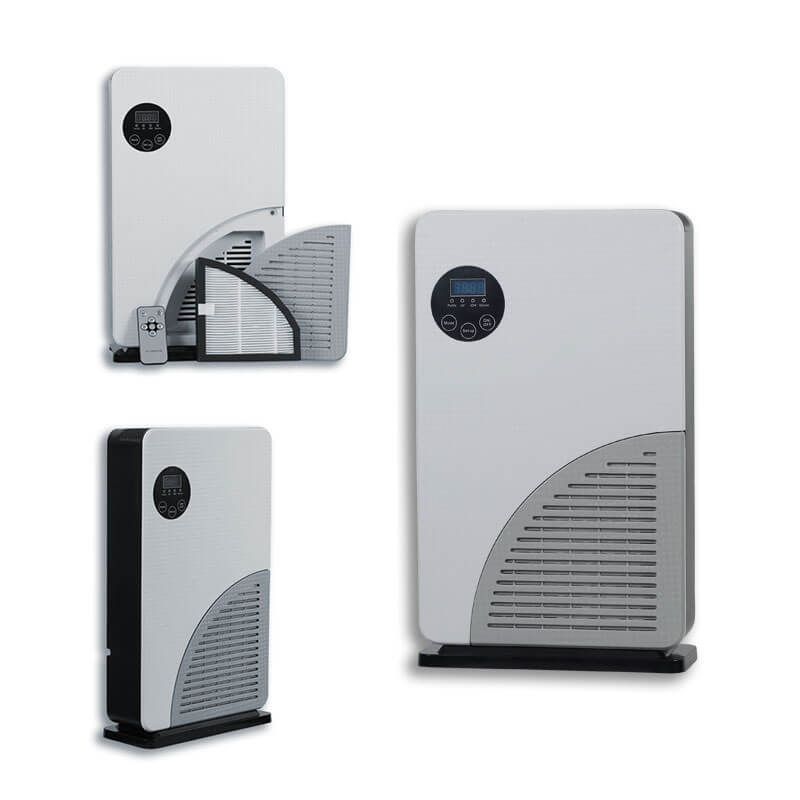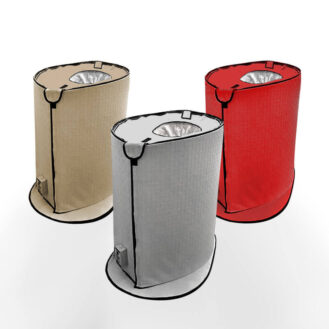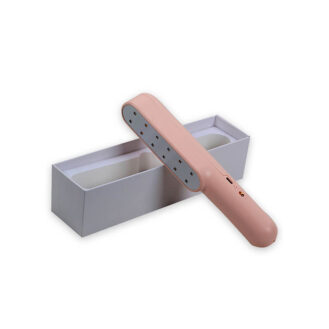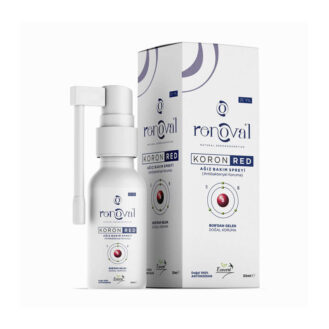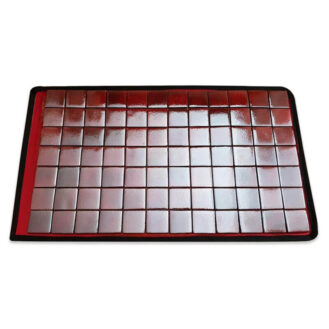Description
Intelligent air purification sterilizer with 4-function UV-C and ionizer ozone technology
Sterilize both your air and your food and objects with ozone, nature’s most powerful sterilizer, and a UV-C ionizer.
Ozone, the world’s most powerful sterilizer, has an excellent sterilization performance of 99.9%. With DRAIRCLEANER, your work efficiency will be increased with the mountain breeze in your home and workplace. anion generating effect; It eliminates tobacco odor, protects you from secondhand smoke and keeps indoor air clean and fresh. It eliminates bad odors such as damp, mold, food, gas, toilet, cigarette, etc. It neutralizes and eliminates bacteria, dust, mold, viruses and pollen in the air.
SOME IMPORTANT FACTS ABOUT HOUSE DUST MITES:
We shed up to 10,000 dead skin cells every day, and most of it ends up on our beds.
House mites feed on human skin, dander and dander. They belong to the same family as ticks and spiders.
The mites are almost transparent and about a third of a millimeter long.
They are not easy to see with the naked eye, but can be seen with a magnifying glass or microscope.
They have no eyes, they have eight legs. Their average lifespan is 3-4 months.
A female mite lays 300 eggs.
Areas of Application
- * When disinfecting indoor spaces (mites, mites, viruses, bacteria, etc.)
- * Disinfecting bacteria in bathrooms and toilets
- * Disinfecting the remaining detergent residues on the washed dishes
- * Agricultural pesticides, etc., left on fruits and vegetables. during disinfection
- * Disinfection of bottles, pacifiers and toys used by babies
- * Disinfect mold and fungus in closets
- * Disinfectant wipes and sponges
DISINFECTION
The environments in which we live contain many microorganisms. These organisms pose a threat to our health. Microorganisms multiply in suitable environments, impairing our immune system and causing numerous diseases.
Nowadays, human factor pollution has increased excessively, and the natural ozone gas cycle has become insufficient for this pollution. Because of this, there has been an increase in epidemic diseases.
Do you know the enemies in your house?
HOUSE DUST GROUP!
They cause ailments like asthma, eczema, bronchitis, respiratory infections, itchy eyes, never-ending headaches, dizziness, morning stuffy nose and even a depressed state as soon as you wake up in the morning.
Dust mites are called “mite” by their medical name. The most common type is called “dermatophagoid,” meaning skin eater.
These parasitic insects typically live on carpets, rugs, quilts, pillows, furry objects, and toys. They get the nutrients they need to survive from human skin and feather debris. They get their water needs from humidity.
For these reasons, they live and breed where humans are, in humid environments and on hairy soil. It is 30-40 microns (1 micron is one thousandth of a millimeter) in diameter, and 1000 of these fit per pen. They reproduce by laying eggs. The offspring hatched from the egg will grow up in 3 weeks and begin to reproduce.
The most common allergen of dust mites is their feces. They mix with the surrounding air by walking, shrugging and similar movements on the droppings they leave on the carpets, rugs, curtains, etc. where they live, and they easily pass through the nose and reach the airways, mostly causing allergic asthma .
Because bedrooms are the longest time a person spends indoors, the bedroom is the most common place for mite allergens to appear. Mite allergens are also found in dusty household items such as pillows, mattresses, carpets, and fabric-covered furniture, and in places like warehouses and silos. Inhaling these allergens leads to allergic symptoms in the patient.
A gram of litter dust can contain between 2,000 and 15,000 mites. Allergy to house dust mites causes asthmatic vernititis and, rarely, conjunctivitis. Complaints begin especially after waking up from sleep.
SOME IMPORTANT FACTS ABOUT HOUSE DUST MITES:
We shed up to 10,000 dead skin cells every day, and most of it ends up on our beds.
House mites feed on human skin, dander and dander. They belong to the same family as ticks and spiders.
The mites are almost transparent and about a third of a millimeter long.
They are not easy to see with the naked eye, but can be seen with a magnifying glass or micro
to be seen with the microscope.
They have no eyes, they have eight legs. Their average lifespan is 3-4 months.
A female mite lays 300 eggs.

